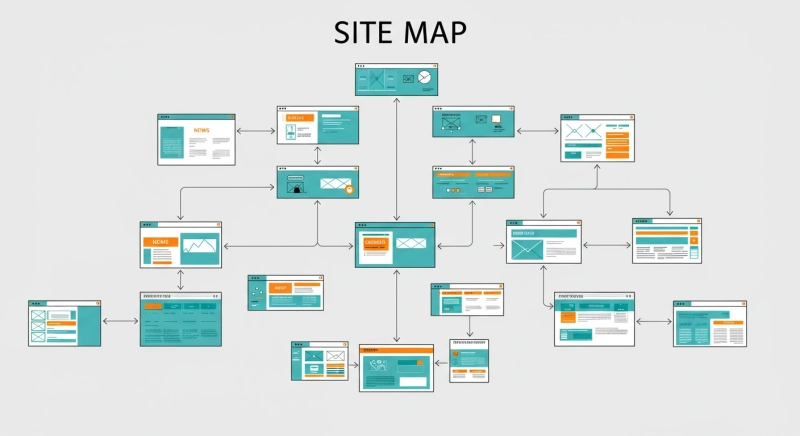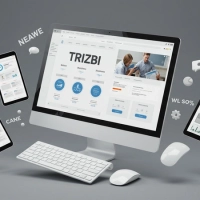
Things B2B Companies Should Know During the Sitemap Creation Process
Creating a Sitemap in B2B is the most important step for B2B sites to be added to the index and gain a place in the rankings. Sitemaps prepared in XML (Extensible Markup Language ) format are interpreted by the search engine algorithm and provide the data that is required and not required to be included in the rankings. Sitemaps, which are among the most important technical issues in SEO, are not prepared in the appropriate format and sent to the search engine, and it is not possible for B2B companies to gain a place in the rankings. So how does the sitemap creation process proceed in B2B and what should be considered? In this article, we will provide both these questions and other information you need.
Why is a Sitemap Necessary for B2B Companies?
As with all types of e-commerce, b2b is also a very active and dynamic sector. B2B companies want every new product added to the system to be ranked immediately, and this is a natural situation. Site maps, which direct search engine robots and indicate how often they should visit the site, should be prepared in a way that can provide search engines with the data they need. The information that a typical site map for B2B companies should include is as follows:
- Page contents,
- Frequency of updates,
- Last update date,
- Location of the page (URL),
- The page's connection to other pages,
What are the Advantages of Creating a Sitemap for B2B Companies?

SEO is a complicated process. The right and wrong decisions and their implementation are becoming more and more important every day. Sitemaps have also been evolving from past to present, and their content is changing every day. However, the only thing that has not changed is how important they are. A properly prepared sitemap provides various advantages and can significantly determine the future of B2B sites. So what are the advantages?
- Since sitemaps are a tool that makes the job of search engines easier and causes them to index faster, a B2B company that uses a sitemap has the chance to get a faster index and a higher SEO score.
- A b2b site with a sitemap can deliver its constantly updated content to search engines faster. In this way, as we mentioned at the beginning, every added product becomes visible in search engines like Google.
- Increases the viewing potential,
- It allows you to get ahead of your competitors in SEO,
- With the increase in organic visitors, significant savings can be made on advertising costs.
What are the Stages of Creating a Sitemap?
The process of creating a site map in B2B can be examined under three main headings. These headings are as follows:
1.Deciding on the sitemap type
Search engines allow uploading of various types of sitemaps that their algorithms allow. Therefore, the first step in the sitemap creation process in b2b is to decide which type of sitemap to prepare. Sitemap types are:
- XML sitemap
- HTML sitemap
- Mobile sitemap
- News sitemap
- Video sitemap
- Text sitemap
2. Creating the sitemap
Now that you have decided on the type, the second step is to create the site map. You should create the site map in the relevant format according to the type of site map you have chosen. Today, both the software used and the website infrastructures we call CMS can do this automatically. A side note here is that in some cases it will be useful to edit the site map manually. Especially if an unreliable program is used, inappropriate content can also be included in the site map.
3. Add the sitemap to the file and send it
The final stage of creating a sitemap in B2B is undoubtedly the process of uploading it to the search engine. Google, Yandex, Bing and some other search engines allow you to upload it through the administration panel they offer to their users.
In addition to the website service it offers, Trizbi also includes various modules for SEO. The most relevant of these is the automatic creation of the site map. Thanks to the module meticulously prepared by SEO experts, all products added to your b2b website are automatically added to the site map and search engines are enabled to detect the update.























